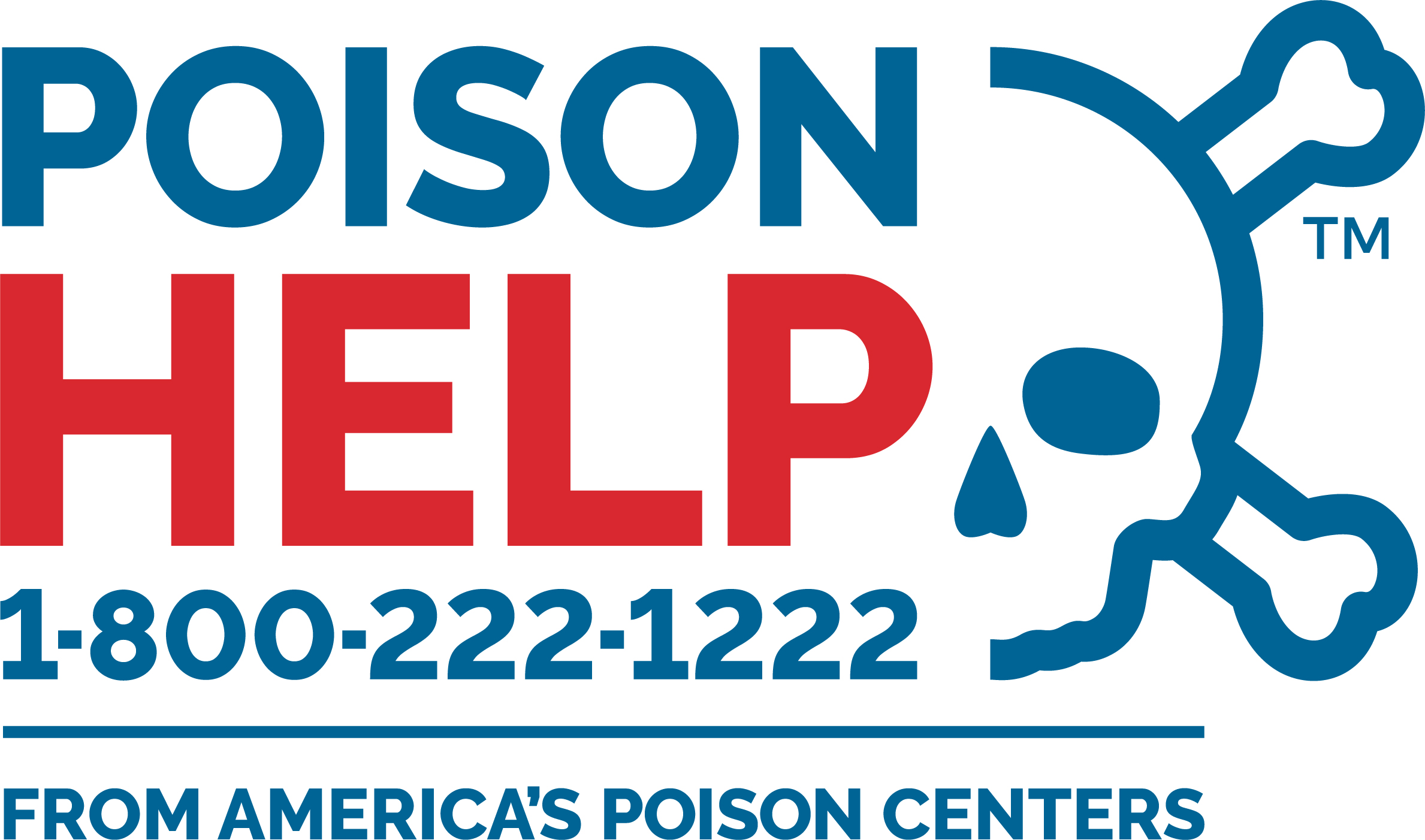Bites and Envenomations
[su_youtube url=”https://youtu.be/mLVylA2v3OM”] [su_expand more_text=”Show More”] Most people who are stung or bitten by an insect, spider, snake or fish will have redness, itching, swelling, and some pain around the site. Some people are allergic to stings and bites and may experience hives, rash, itching palms and feet, headache, dizziness, nausea, vomiting, and difficulty breathing. If you are stung and have any of these reactions, go to the nearest hospital or doctor right away.


A list of common bites and stings can be found in the resource center. Tips to Prevent Poisoning from Bites and Stings:
- Before dressing, shake out clothing, shoes, and hats that have not been worn for a while
- When camping, picnicking or engaging in other outdoor activities such as yard work, wear long pants tucked into your socks or boots, long sleeves, gloves, and shoes
- Wear light-colored clothing outdoors to help spot ticks
- Avoid walking in tall bushes or shrubs
- Apply insect repellent containing up to 50% DEET or 15% picaridin to your clothing and sparingly to your skin. The amount depends on the length of outdoors time. Always read the label before using.
- Do not reach into rocky cracks, under logs, or large rocks
- Do not touch a snake, even if a snake looks dead. A snake can still bite up to one hour after its death.
- Do not tease a snake
- After being outdoors, check your body and hair for ticks
- Protect pets by using flea collars or tick sprays
- Talk to your veterinarian about getting your pets vaccinated against Lyme disease
- Get rid of clutter in basements, closets, attics, and garages
- Dust and vacuum around windows, corners of rooms, under furniture, and in storage areas regularly
- Avoid jellyfish at all times, even if they are washed ashore
- When swimming in the ocean, splash around when you first go into the water; this will scare stingrays away
- Program the number to the GPC in your cell phone (1-800-222-1222)
[/su_expand]
